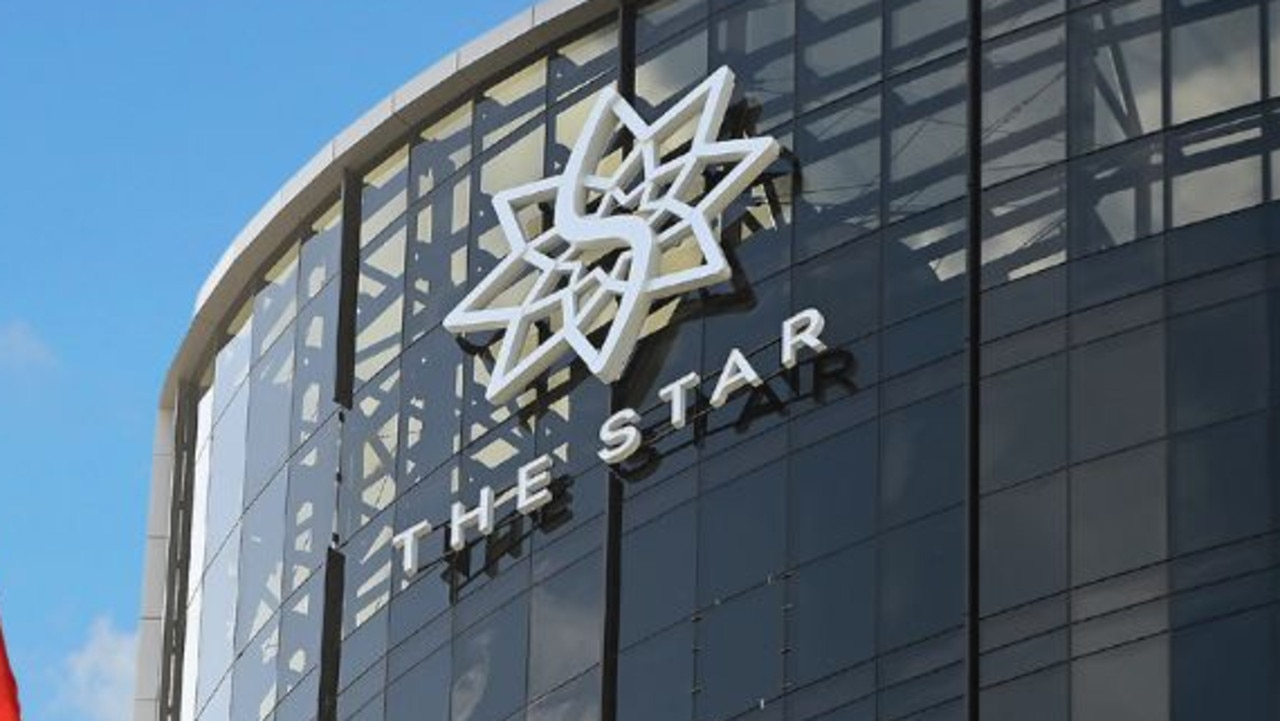Insolvencies, court actions to rise through 2022
The slower economic recovery due to Omicron could see a surge in insolvencies this year, CreditorWatch says.

Business
Don't miss out on the headlines from Business. Followed categories will be added to My News.
The Omicron wave has dented Australia’s economic recovery, pushing it back to the second half of 2022 while raising the prospect of a surge in insolvencies this year, according to CreditorWatch’s latest business risk index.
As hard-hit businesses nurse Covid losses, court actions are back at pre-pandemic levels, having jumped 58 per cent over November, December and January compared to a year prior, as banks and the tax office take the kid gloves off.
“This figure alone signals that business insolvencies will steadily increase across 2022,” the credit reporting agency said on Wednesday.
Added to this is the slump in trade receivables for credit-active businesses, which were 45 per cent lower over the three months compared to the corresponding period last year. Trade receivables are still 50 per cent lower than pre-Covid levels.
The sustained decline in cashflow would be a key driver of insolvency risk through the year, CreditorWatch said.
“The continuing slide in the value of trade receivables is a worrying trend,” CreditorWatch CEO Patrick Coghlan said. “The RBA’s view last week was that Omicron hadn’t derailed the economic recovery and when case numbers go down, the floodgates will open and consumers will rush out and start spending this $200bn hoard of cash.
“I’d love that to happen so businesses can get back on their feet more quickly, but there are a lot of ‘ifs’ about that assumption.”
Pressure was mounting for interest rates to rise, he noted.
“If that happens, it will be another hit to small businesses,” he said. “CreditorWatch is expecting business insolvencies to grow steadily this year, even if the RBA doesn’t hike interest rates.”
Key industries to watch for default early this year included accommodation and food services, information, media and telecommunications, and financial services, the credit reporting agency said. Some in these industries would struggle to get through the summer, while those with a strong Covid-influenced business plan should thrive, CreditorWatch predicted.
“(Omicron) skittled thousands of businesses; the holiday season simply didn’t pan out as expected,” it said. “We are still recovering from that. We … don’t expect a sustainable recovery until the second half of 2022. Omicron has left the Australian economy with considerable scars.”
Western Australia is the best performing state in terms of probability of default, with key sectors mining and agribusiness boosting its performance, the report found. This is in stark contrast to the lengthy lockdowns Victoria and NSW suffered last year, which businesses are still paying for.
Victoria would endure a slower recovery due to the duration and number of lockdowns during the pandemic, CreditorWatch said, as it predicted a sharp rise in defaults for businesses in Melbourne’s CBD this year.
Elsewhere, western Sydney continues to struggle after the hard lockdowns of last year, while Gold Coast remains one of the highest-risk regions in the country.
Of the regions most at risk of default over the next 12 months, four, including Bankstown and Canterbury, are in NSW, with the Gold Coast rounding out the top five.
Originally published as Insolvencies, court actions to rise through 2022



